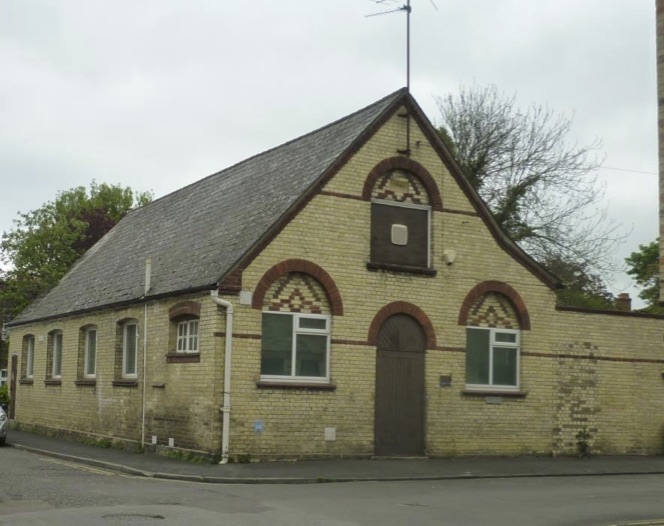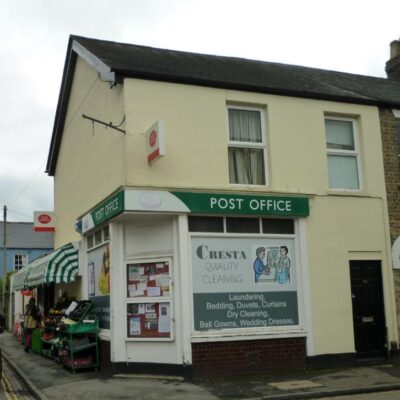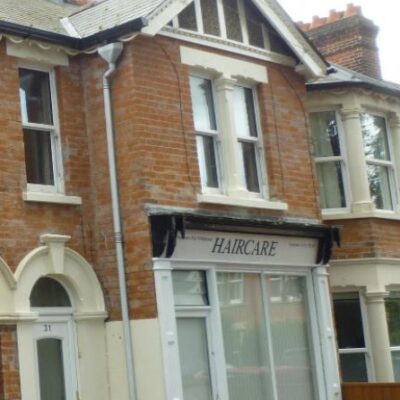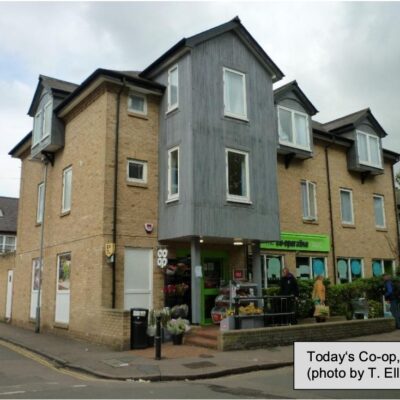Search by topic
- archaeology
- Building of Local Interest
- charity
- church
- crime
- dressmaker
- fire
- Great Eastern Railway
- Listed building
- Mapping Relief
- medieval
- oral history
- poverty
- Public House
- Rattee & Kett
- Religious House
- Roman
- scholar
- school
- Then and Now
- tudor
- women
- work
- world war one
- world war two
Search by text

The Newnham Croft Social & Sports Club
A late example of a working men’s club
The working men’s club movement started around the middle of the 19th century and reflected the Victorian ethic and Temperance movement. The clubs fulfilled a number of functions: as places where working people could meet and relax together, as centres of self-improvement and education, as a response to gentlemen’s clubs. They were an antidote to the public houses and in early days offered no alcohol.
The Building
The Newnham Croft Institute as it was called at its official foundation in 1902 was a relatively late example of a working men’s club. The growing community and thriving businesses of Newnham Croft provided momentum for a club. Before building its dedicated headquarters, the members used to meet at the turn of the 20th century in the rooms above the Parish Hall. In March 1909 it came to the Notice of the Club Committee that Selwyn College was intending to replace its Temporary Hall, so the Club offered to dismantle it and take away the materials for their new building for £25. This offer was happily accepted by the Bursar, who as a token of gratitude donated a gas pendant to be installed in the new club building. In the meanwhile an appeal launched in 1906 had collected the necessary funds of £160.12s. 6d. to buy a piece of freehold land in the south west corner of Hardwick Street, formerly occupied by one of Newnham’s many pleasure gardens, and adjoining ‘the spot where the club premises at that time stood’. A Mr Nicholas, architect, was instructed to draw up plans, and Mr Willows (who had also directed the demolition of Selwyn’s Old Hall) erected it. After another rather more fraught round of fund raising, the building was able to be completed by 1909, as testified to under the gable, ready for its inauguration by the Master of Selwyn College, Dr Murray, on 12th March 1910. The first President is recorded as Hugh Foster Esq. 1901-05 on the Club Honours Board (see p.2). The Newnham Croft Institute receives its first mention in Spalding’s Directory in 1911, with custodian F.G. Reeves.
In Feb 1918, the Institute secured the neighbouring plot of land for £125, with a view to extending the Institute, but was unable to exploit it until 1929 for lack of sufficient funds when it finally went up at a cost of around £1300.
More information
- Read more about the history of the building in the PDF, Newnham Croft Social & Sports Club
Contribute
Do you have any information about the people or places in this article? If so, then please let us know using the Contact page or by emailing capturingcambridge@
License
This work is licensed under CC BY-NC-SA 4.0









